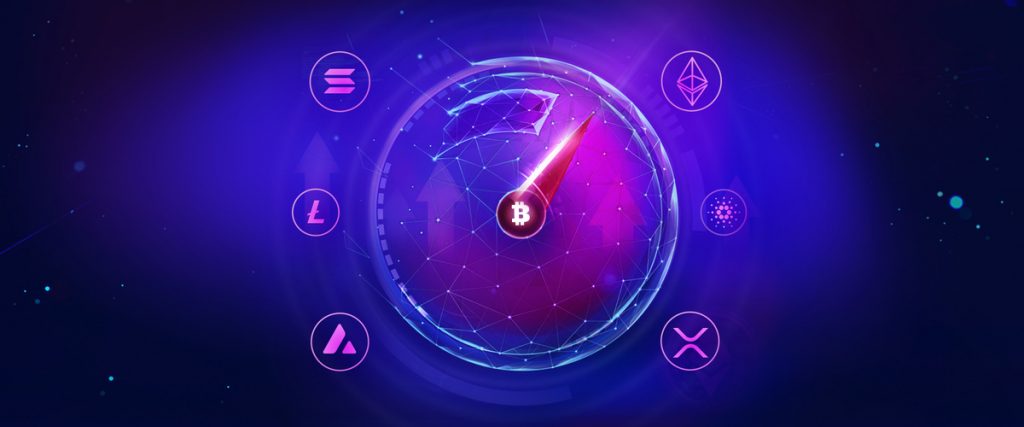What is exactly the fear and greed index people keep talking about? How to enhance my crypto research using Etherscan? And what is a DAO? Here are the answers to some of the most asked questions about crypto.
The Fear and Greed Index is originally an index developed by CNN to measure stock markets sentiment, and it combines seven different sets of data to calculate a score ranging from 0 (fear) to 100 (greed). Taking inspiration from CNN’s index, Alternative created a similar index for crypto, which is updated every 24 hours at midnight UTC. What this index tells you is where the market’s speculations are leaning. Fear means things aren’t looking good for the market, and people are trying to limit their losses by selling their assets, while greed means there is optimism and traders are buying.
When the market crashed in June 2022 the Index was showing a score of only 12 (extreme fear), while in February 2021, when Tesla announced a $1.5B investment in crypto, the index measure a whopping 92 (extreme greed).
This index takes six factors into account; volatility (25%), market momentum and volume (25%), social media (15%), surveys (15%), Bitcoin dominance (10%), and Google Trends data (10%). As you can see, some of these factors are relative or hard to be expressed quantitatively, so the index can be misleading sometimes. For example, it assumes that a rise in Bitcoin dominance (i.e. its share of the overall crypto market cap) is a sign of fear as investors would move to a safer crypto asset, while in reality, we’ve seen many times that this isn’t the case, and a rise in Bitcoin dominance can be a positive indicator.
Etherscan is a blockchain explorer, i.e. software that simplifies and groups the Ethereum on-chain data. This tool is essential for blockchain research, which is a part of any research process that you should do when evaluating a project you might invest in. Even though it’s only for Ethereum’s blockchain, it’s very useful as most of the popular cryptocurrencies run on Ethereum’s blockchain, and are known as ERC20 tokens.
The Data that you can find through this tool varies from single transaction data, where you can find transaction details by sender address, recipient address, or transaction hash, to overall on-chain activity data, like the daily transaction chart or the top ERC20 tokens and their trading volumes. This tool is also useful in case you’re paying or receiving a payment using ETH or an ERC20 token, as you can for instance check if the transaction happened on-chain, in case you can’t access your balances at the moment.
A decentralized autonomous organization (DAO) can be formed to run any kind of activity, from philanthropy to finance. The only difference is that DAOs don’t have a central authority that manages them like it is the case with companies and organizations’ leaderships. Instead, this authority is replaced with smart contracts, through which the rules and decisions of the DAO are executed, and all the members of the DAO participate in voting on changes to be made to these smart contracts’ rules.
Members of a decentralized autonomous organization are typically token holders whose voting strength is proportional to the amount of their holdings.
DAOs are mainly beneficial for two reasons: First, they eliminate the need to trust other people to apply the settled goals of an organization, as the smart contract is the one applying the needed procedures and measurements. Second, they bring down the costs of the middleman in cases like decentralized finance, thus eliminating the fees that usually go for instance to banks and accounting firms, and increasing the profits stakeholders can make.
